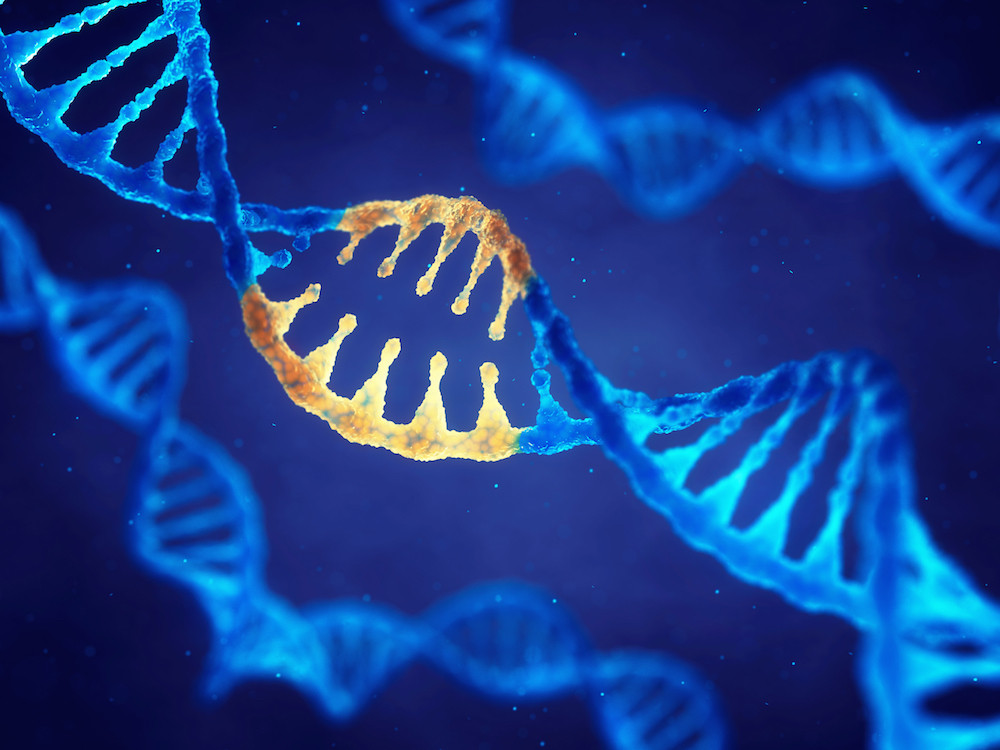A new mechanism that stops the progression of Huntington’s disease in cells has been identified by researchers working together from two UK DRI Centres at UCL and Cambridge. Researchers say the breakthrough study, published in Cell Reports, could lead to much needed therapies for the rare genetic disease, which is currently incurable.
Huntington's disease is a progressive and devastating neurodegenerative disorder, that affects about 1 in 10,000 people in the UK. The disease is caused by the accumulation of toxic repetitive expansions of three DNA blocks called nucleotides (C, A and G) in the huntingtin (HTT) gene and is often termed a repeat expansion disorder. These CAG tri-nucleotide repeats are expanding by misuse of a cellular machinery that usually promotes DNA repair called ‘mismatch repair’. This overuse in mismatch repair drives Huntington's disease onset and progression.
In this study, researchers investigated the role of FAN1 - a DNA repair protein, that has been identified as a modifier of Huntington’s disease in several genetic studies; however, the mechanism affecting disease onset has remained elusive. Using human cells and techniques that can read DNA repeat expansions, the researchers found that FAN1 can block the accumulation of the DNA mismatch repair factors to stop repeat expansion thus alleviating toxicity in cells derived from patients.


